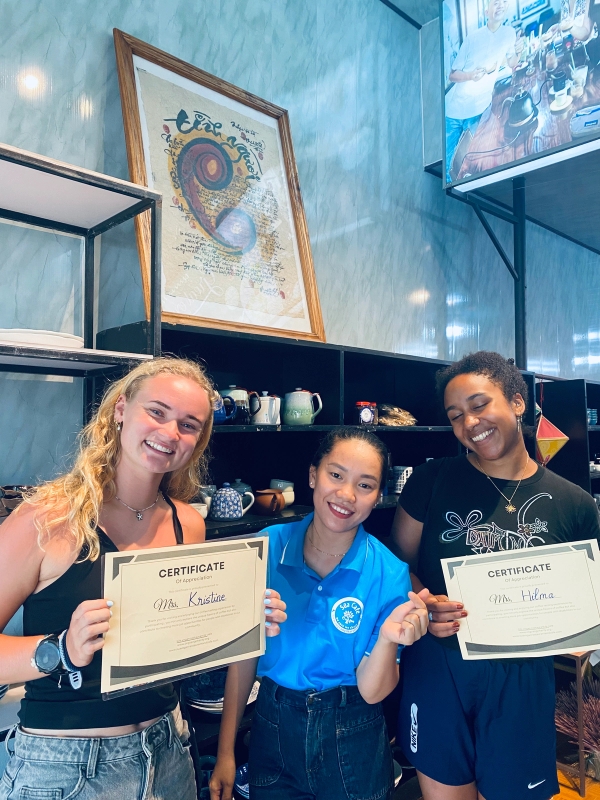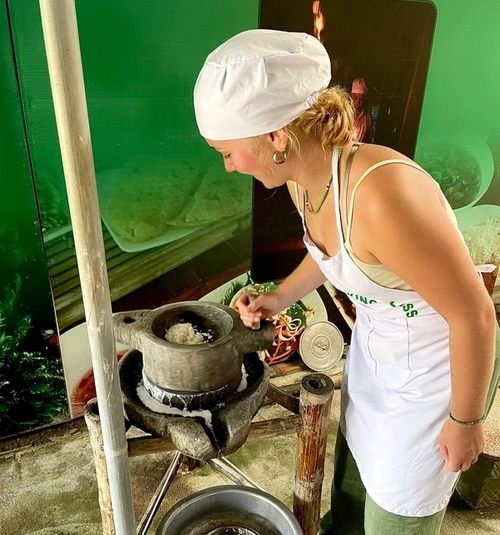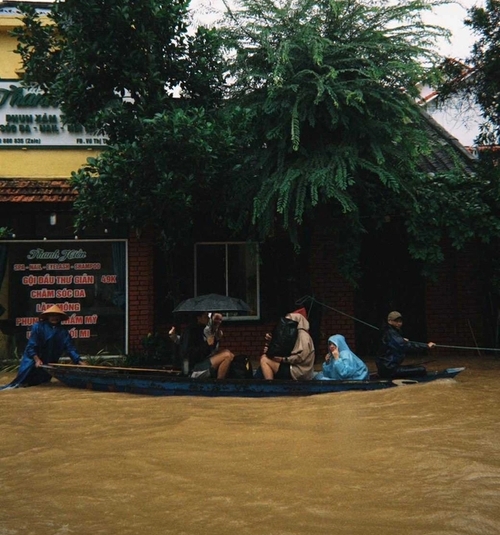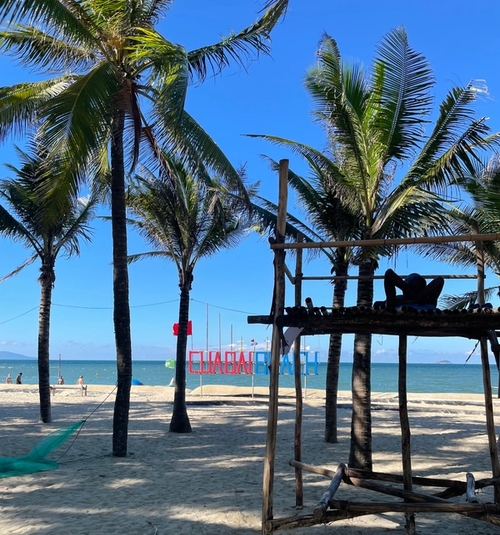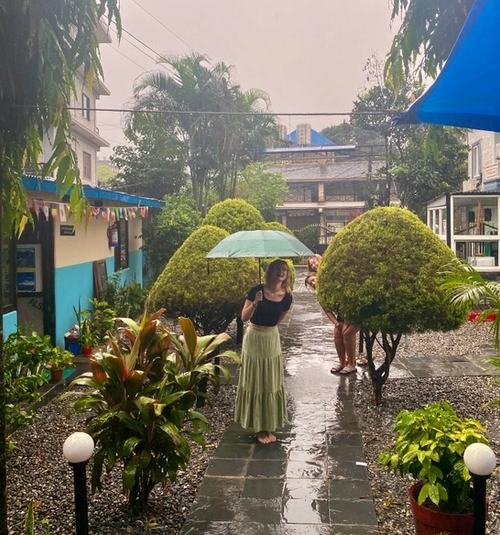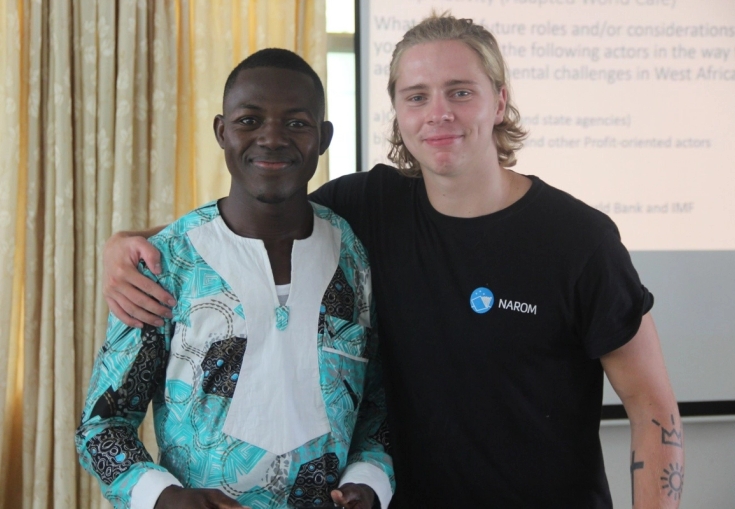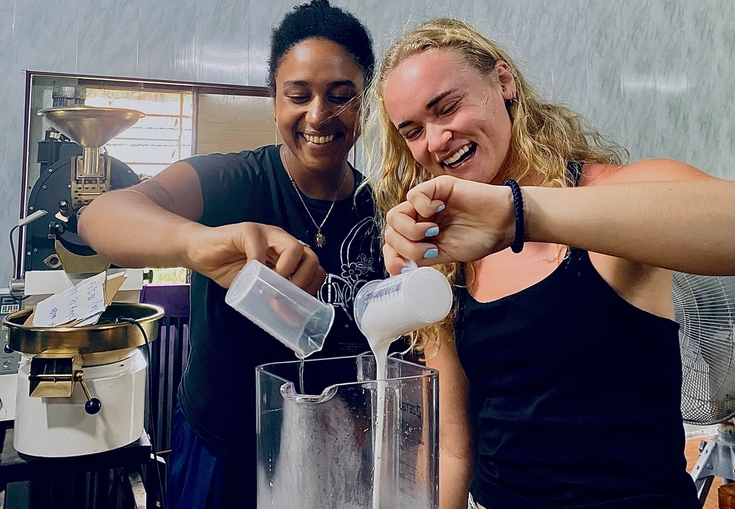
A taste of coffee, culture, and community
For a coffee lover like me, Hoi An is a true mecca! The city and Vietnam in general offer an incredible variety of exciting and unique types of coffee. Not only can you taste all the different varieties, but many places in Hoi An also offer coffee courses.

This text is translated using AI.
View the original article here.In the courses, you learn to make the different types and gain insight into the coffee culture in Vietnam. One of the things on my "bucket list" was to participate in such a course.
Since there are many different such courses, I was a bit unsure about which one to choose.
I wanted to find a course that would allow me to both learn and taste, but if possible, also contribute to the local community. After some searching, I found Sữa Tasting Café.
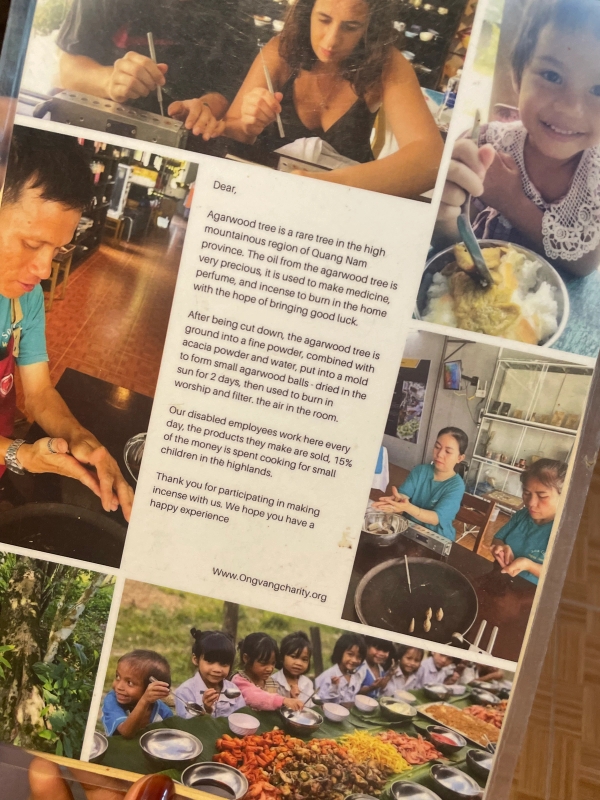
Milk Tasting Café is both a café and a restaurant, and they organize coffee courses and lantern-making courses.
The reason I chose this was because they aim to contribute to job creation for people with disabilities and donations to local children who do not have sufficient access to food.
They have a desire that everyone should be able to contribute in the workplace, which I think is incredibly good and important! Especially in a country where knowledge about disabilities is not so accessible.
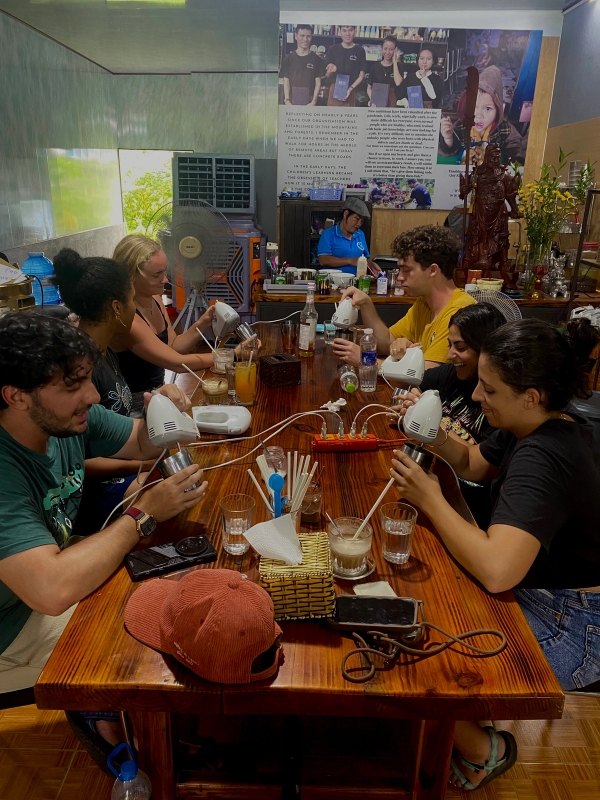
Before the coffee course, Hilma and I decided to eat at the restaurant run by the same people.
Here we were greeted by smiling staff and were served good food and drinks at a reasonable price.
Many of the staff were deaf, mute, or had other disabilities, so we wrote down our order on a piece of paper. The food arrived quickly and was tasty.
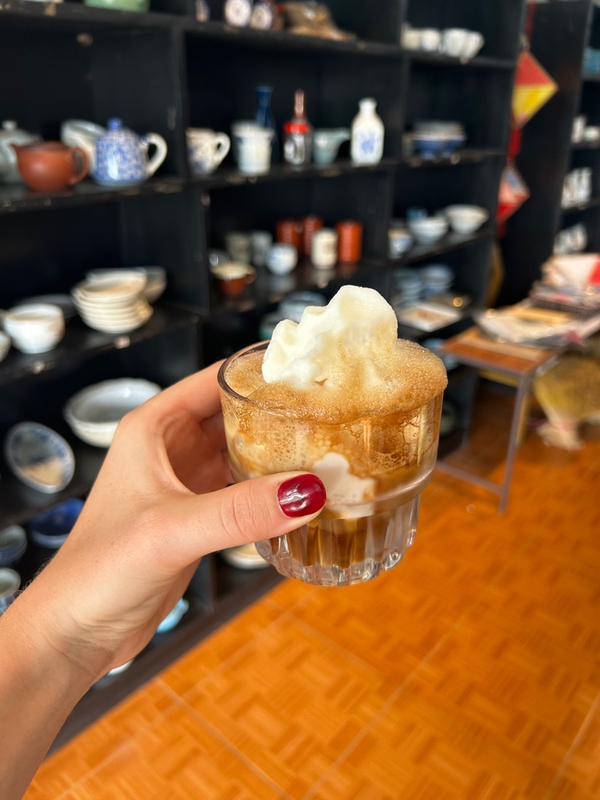
When we learn about development at school, it's great to be able to apply that knowledge in practice and actually support the local community.
We get to live in and experience Hoi An, and everyone here welcomes us warmly, so it's nice to be able to give something back and try to contribute.
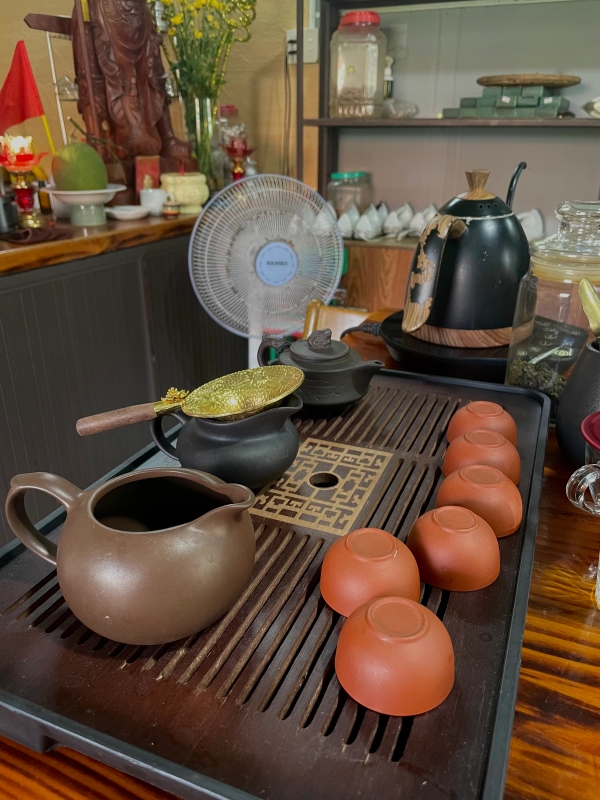
After the meal, we went to a house a little beyond the restaurant, where the course was to be held. We were welcomed with tea and a brief introduction.
The introduction was about the two most common types of coffee beans in Vietnam, where they are grown, their taste profiles, how to differentiate them, and generally about the country's coffee history.
Among other things, we heard the story behind the famous egg coffee. It originated after World War II when milk was scarce. By using eggs, they found a creative solution, which today has become a part of the distinctive Vietnamese coffee culture.
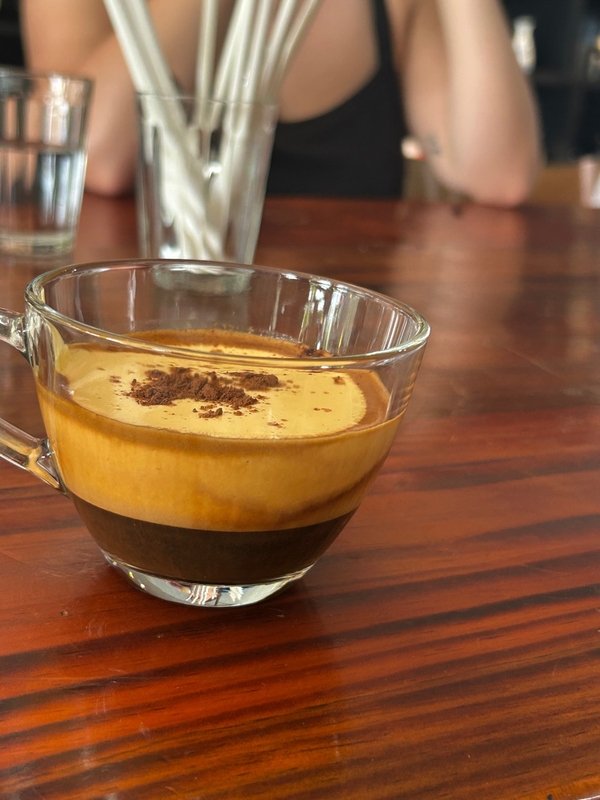
After the introduction came the main event: the coffee making!
The first type of coffee we tried to make was Vietnamese drip coffee, a rather strong coffee that is perfect for those of us who like strong coffee!
While we waited for the coffee to slowly drip into the glass, we were told that this is the traditional way to do it.
Nevertheless, it is mostly the elderly who still do it this way, while the younger ones lack the patience for it and prefer to go out and buy coffee. I could understand this, as the process took five minutes, and the drips came slowly.
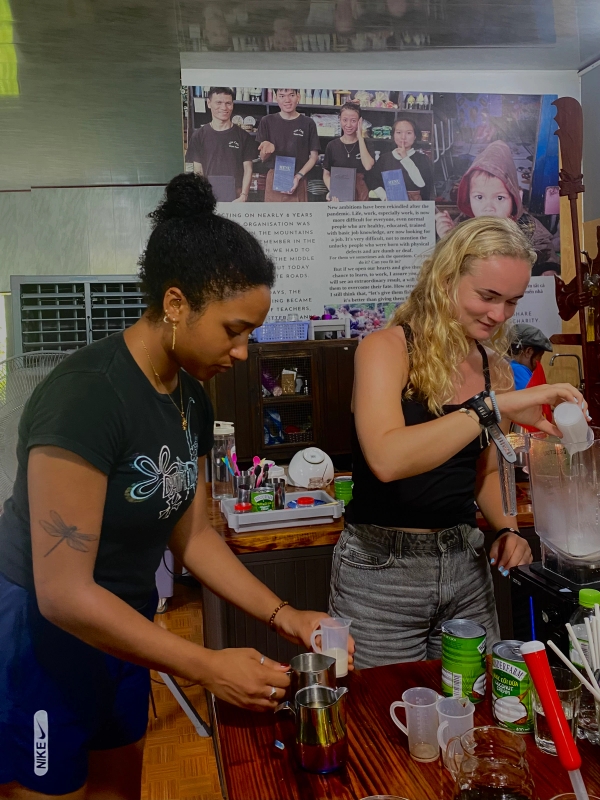
Next up was salt coffee. It may sound like a strange combination, but this mix of ingredients results in a smooth and surprisingly balanced flavor.
This is the coffee I often choose on my way to school. It's sweet, but because of the salt, it's not as sweet as many of the other cafes in Vietnam.
The third type of coffee was coconut coffee – sweet and creamy, almost like a dessert in liquid form. To balance the sweetness, we tasted Saigon coffee which is known for being strong (compared to other Vietnamese coffee).
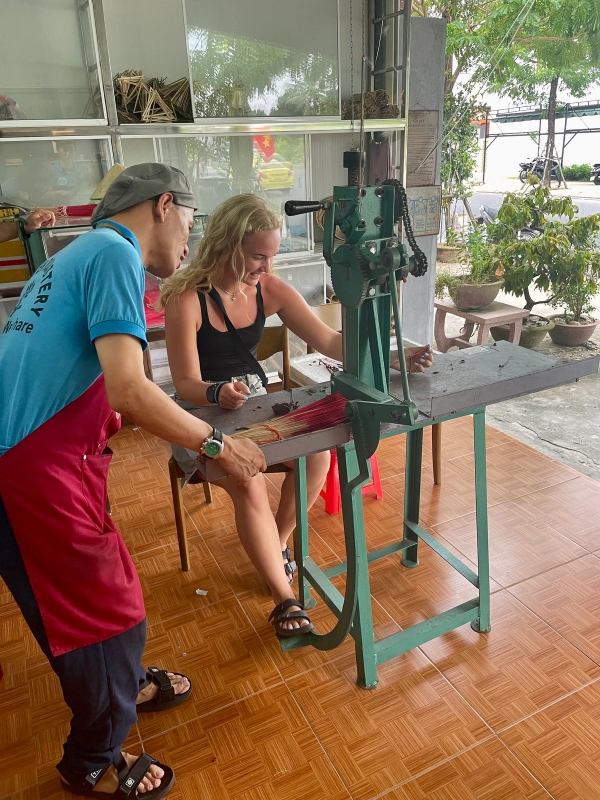
In the end, it was the egg coffee, and then we could choose between a coffee base or cocoa.
While we sipped the egg coffee, we were served fresh fruit and each received a diploma. To round off the course, we got to try making our own incense, which we could also take home.
The course was a great mix of educational, fun, and not least a lot of good coffee. For me, this was an incredibly nice experience, and I was left with a good feeling!
